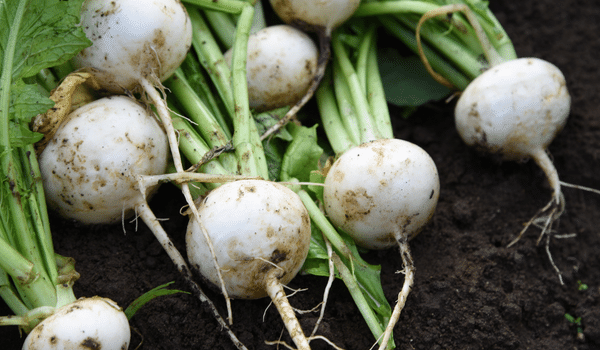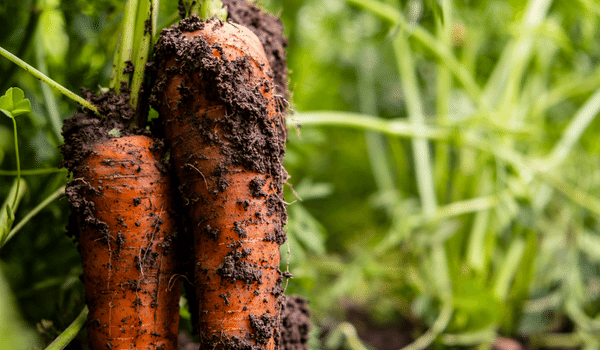Home » What to Sow in July

What to Sow in July
-
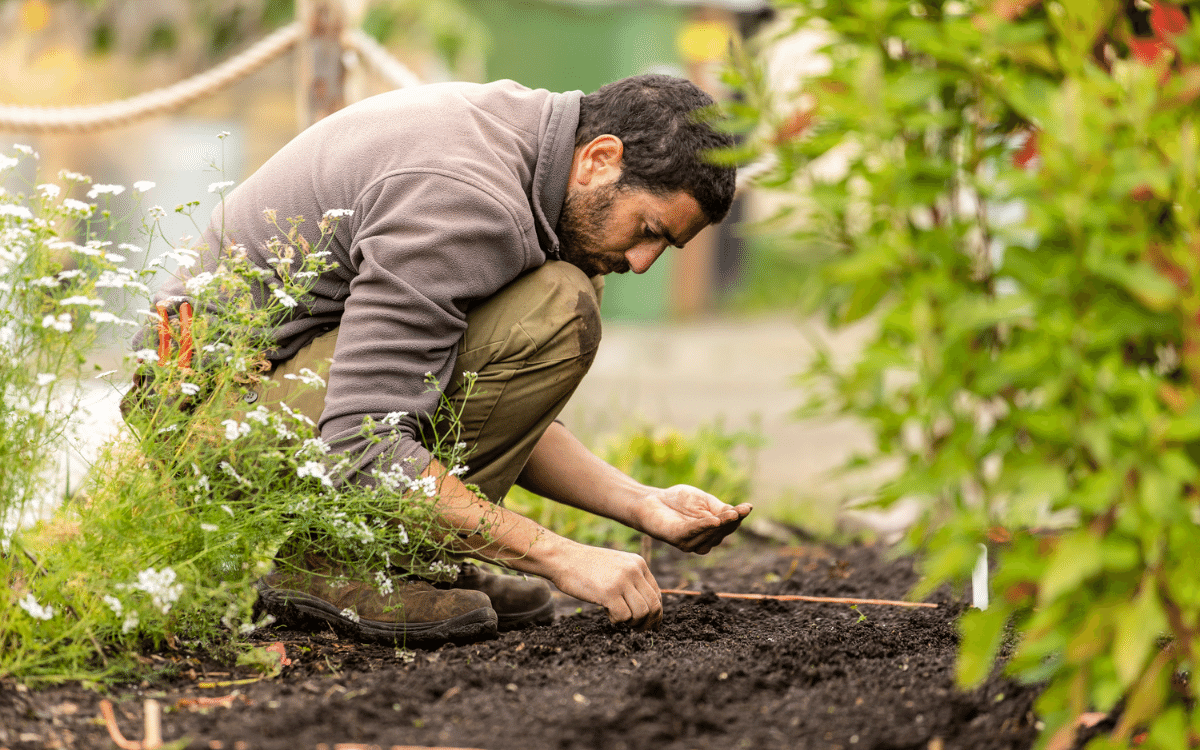 July is an excellent month for sowing. With the warm weather and long days, many seeds can now be sown directly where they will mature. Starting seeds indoors is still an option if you want to protect young plants from pests. Sowing now can pay off quickly! Some fast-growing crops will be ready to harvest in just a few weeks. The trade-off is that rainfall in July can be low, so be sure to water young plants during dry spells.
July is an excellent month for sowing. With the warm weather and long days, many seeds can now be sown directly where they will mature. Starting seeds indoors is still an option if you want to protect young plants from pests. Sowing now can pay off quickly! Some fast-growing crops will be ready to harvest in just a few weeks. The trade-off is that rainfall in July can be low, so be sure to water young plants during dry spells.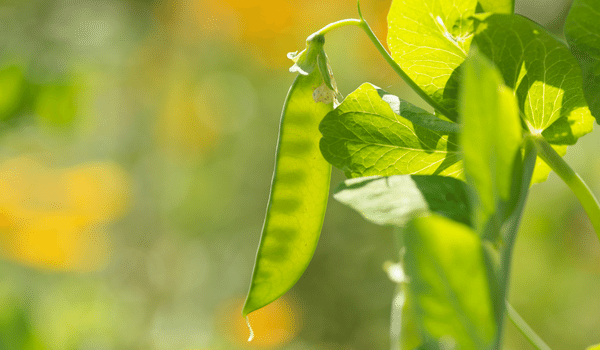
Peas
Peas are often thought of as early-season veg, but you can still sow them in early July for a later crop. Plant in a fertile, sunny spot in rows 3cm deep. Peas are climbers, so a trellis, netting, or other sturdy support will help them grow tall. Once peas are mature (after about three months), pick daily to increase your harvest. Mangetouts are ready to heat once the peas start developing, while other varieties are ready once the pea pods are swollen. Peas are legumes, which have the added benefit of fixing nitrogen in the soil for future plants to use.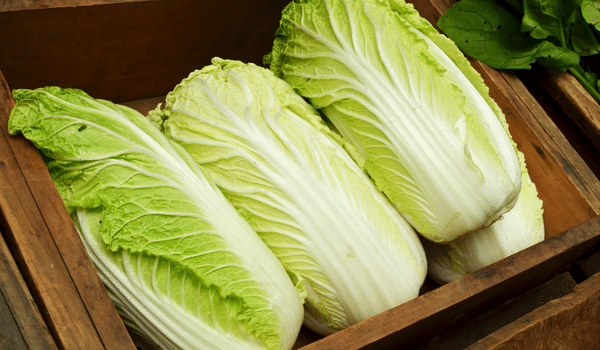
Chinese cabbage
Chinese Cabbage produces fast-growing leaves that can be ready to harvest in as little as six weeks. Chinese cabbage is prone to bolting (flowering prematurely, resulting in bitter leaves) in cooler weather, so planting in the warm, long days of July is ideal. Sow in a fertile, sunny location and water regularly for good growth. Thin seedlings to 30cm for large heads or to 15cm for smaller heads that can be harvested in the ’cut-and-come-again’ method (removing outer, older leaves and allowing inner leaves to keep growing).Turnip
Turnips prefer fertile soil, so adding manure or general fertiliser a week or two in advance of planting is wise. Direct sow thinly and thin seedlings to 25cm as they grow. Keep soil weed-free and water in dry spells. Harvest after six to eight weeks. The greens can be eaten too and are full of nutrients, minerals, and vitamins.Carrot
Carrots can be sown in July for an autumn crop. They store well, so a large harvest could see you through the winter months! As well as the classic orange, carrots come in white, purple, and yellow varieties that are rarely found in supermarkets. Carrots are best sown directly into well-dug soil at 1cm deep. Avoid nitrogen-rich fertilisers, which will result in more leaves and a smaller root. Sow in rows 1h cm apart and thin seedlings to three to 6cm as they grow. Wider spacing will result in larger roots. Mature plants will form a thick canopy that will suppress competition, but young plants should be kept weed-free. Keep soil moist until seedlings emerge, then water during dry spells. Baby carrots can be lifted after eight to twelve weeks. Larger carrots can be left in the ground during the cooler months (as long as pests and heavy frost are not expected) or lifted and stored indoors. If you want to find out what to eat in season now, check out the seasonal menu planner and free download. Click here.

